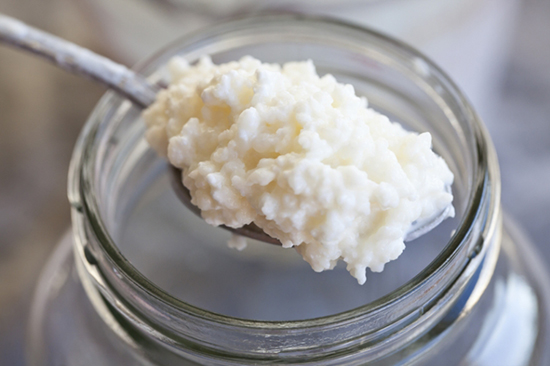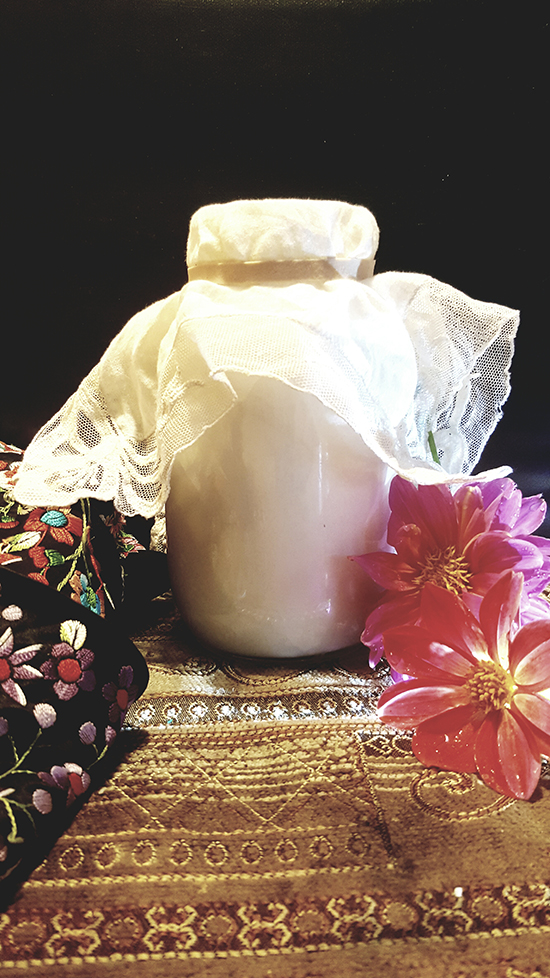Cultured Kitchen: Making Kefir

When we first started exploring different cultures (beginning with the Middle East) around the world and how each one stocks their kitchens, we discovered that the earth is a dynamic place where everyone needs to eat, oftentimes on the go and with simplicity – without sacrificing good taste. One dish or sometimes a single ingredient must do the work of many in the course of one week. Enter a very misunderstood culture: Kefir culture.

Kefir is a fermented milk drink made from a yeast starter. Being a cultured kitchen can bring on feelings of anxiety, conjuring images of babysitting jars of mixtures, but this is simply not the case. My family once left a jar of kefir for an entire week and received creamy yogurt in the process.
Kefir is versatile and easy. It makes a great marinade, dessert, entrée, tzatziki base, popsicle, dressing or drink combination. The grains can be acquired online or at the stores listed in our first Global Grocery post, and will react differently depending on what milk you use. We work with coconut milk and find Aroy-D to be the most consistent, turning the base into a delicious, savory, pro-biotic treat.

Instructions:*
- Put all your kefir grains in a clean glass jar.
- Pour two to three cups of fresh milk (almond, coconut, dairy, etc.) into the jar and cover with a napkin or paper towel and a rubber band. Some kefir grains grow fast; if yours do, you might need to add more milk. Go by taste not by how thick it did or didn’t get. Let your jar of to-be kefir sit for 24 hours.
- When kefir smells tart, stir with a plastic or wooden spoon.
- Pour kefir through a strainer or cheese cloth. Never press the grains – be gentle!
- Gently scoop the kefir grains into a clean glass jar and repeat the process to make more kefir.
- Taste the current batch of kefir – if it is too sour or has curdled, add more milk. If you do not want a lot of kefir, use less grains the next time around.
*Recipe adapted from Marilyn and Eddie Jarzembski’s Kefir Lady


